
Most advanced cameras allow the lenses to be swapped out from the camera "body". This gives you great flexibility to choose the best lens for the task at hand.
One may, for example, choose a long "telephoto" lens for wildlife, or a wide angle lens for a landscape photo. Each brand have their own lenses and the camera mount will not be compatible with other brands. Third party manufacturers such as Tamron and Sigma are making great lenses, mostly for Nikon and Canon cameras, but again, you will need to choose the mount type that is compatible with your camera.
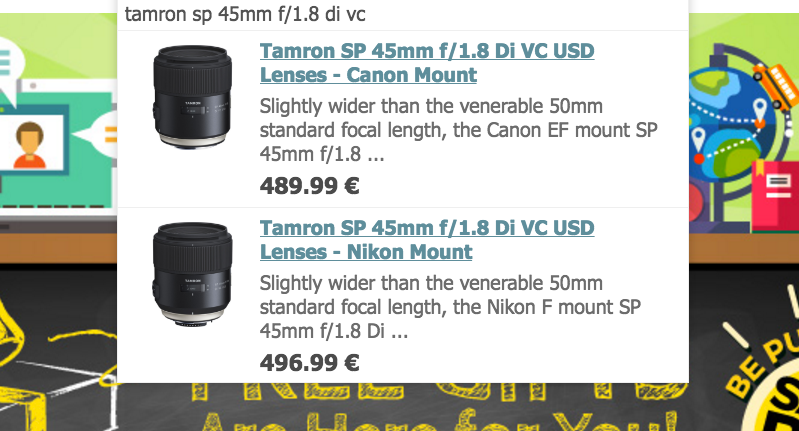
Lens Characteristics - Autofocus, focal length, zooms, primes, aperture, stabilization etc...
Autofocus (AF) vs Manual Focus (MF)
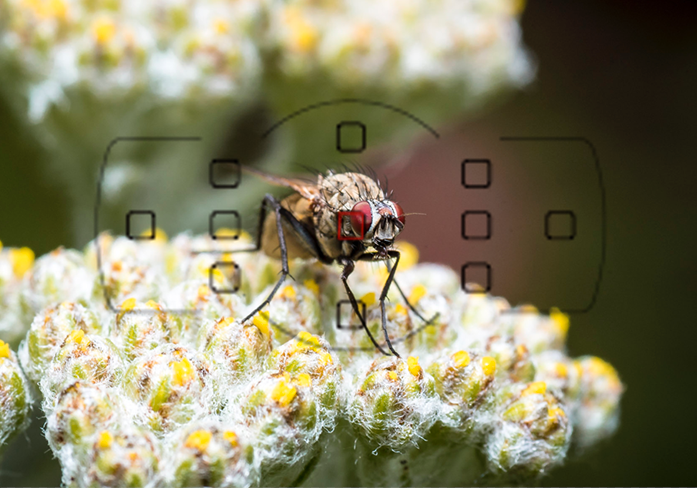
Most modern lenses allow for automatic focussing, i.e. your camera will focus the lens to make your subject sharp, rather than you having to turn a focus ring and manually focus the lens. There are exceptions to this rule though. Most Samyang and Zeiss lenses for example, are MF only.
Focal Length
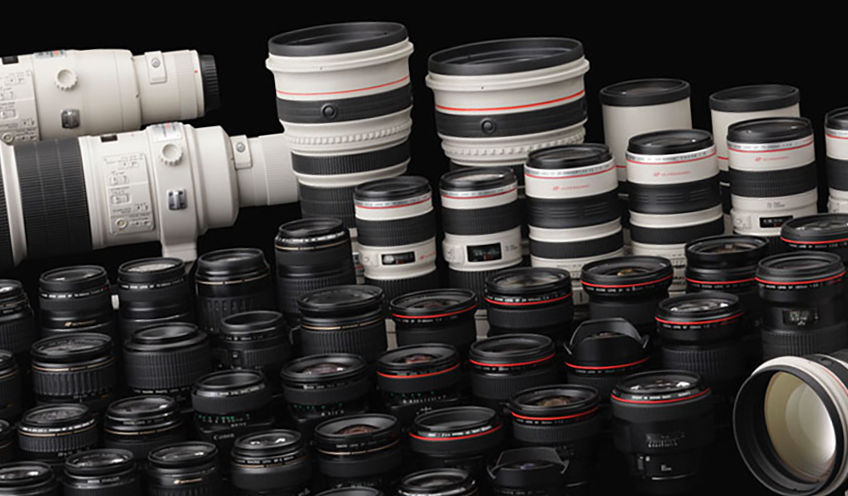
Focal Length (basically) describes the distance between the lens and the image sensor in your camera. You might describe it more casually as "zoom level".
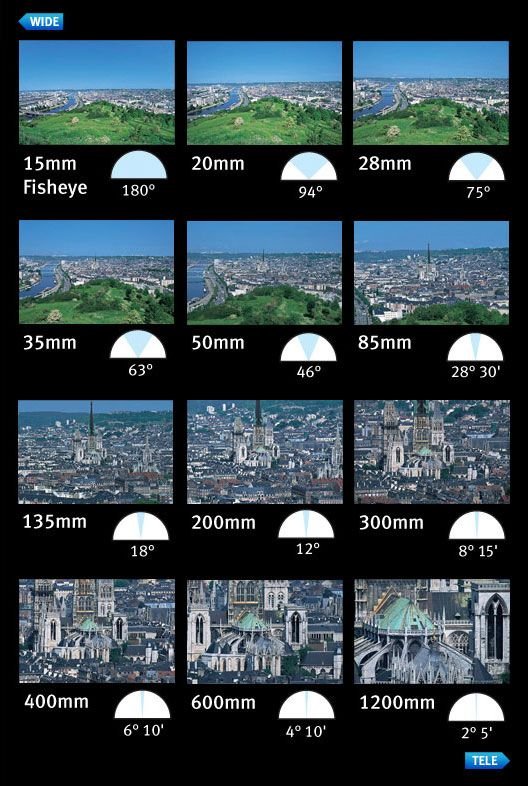
(image source: usa.canon.com)
A short focal length such as 18mm will give you a "wide angle" effect, while a long focal length such as 200mm will give you "telephoto" or "zoomed" effect, great for distant wildlife. As you might imagine, longer focal lengths require larger sized lenses.
Zoom Lenses
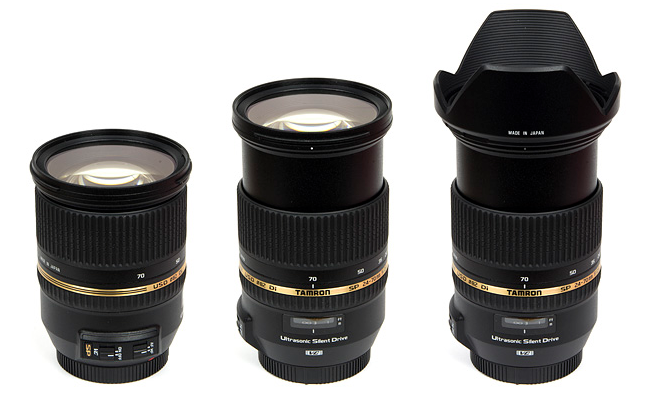
Zoom lenses such as the Tamron 24-70mm (pictured) aim to give you a convenient focal range to choose from. These lenses are great for dynamic situations such as event photography.
Prime Lenses
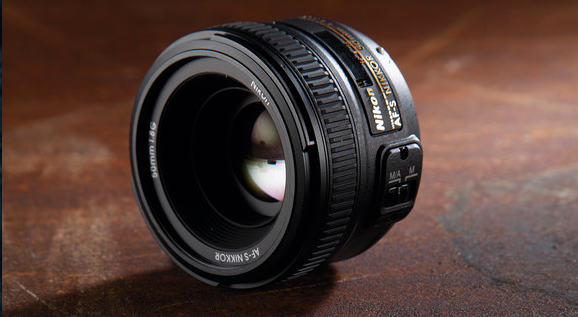
Prime lenses have no zoom functionality. Being fixed to a certain focal length such as 85mm, or 50mm means you need to "zoom with your feet". The more simple design does however allow manufacturers to make prime lenses extremely sharp. They are often very good value for money, and usually lighter than their zooming counterparts.
Aperture
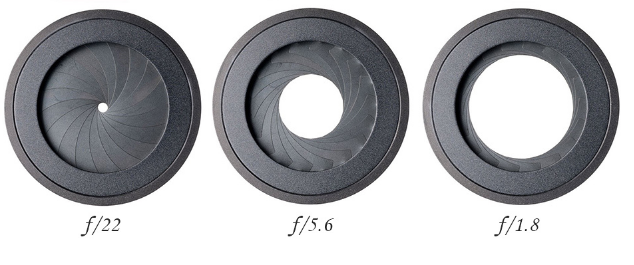
All lenses have aperture blades which allow a variable amount of light through to the camera. This is measured in "f-stops". A smaller f-stop number means a wider aperture hole. Most lenses allow for a widest aperture setting of f2.8, while many prime lenses will go to f1.8 or even f1.4. The main advantage of being able to use a wide aperture is the photographic effect of increased background blur and subject separation. Many portrait photographers such as Dani Diamond, will rarely shoot outside the f1.4-f1.8 range because a blurry background is key to their style.
Stabilization
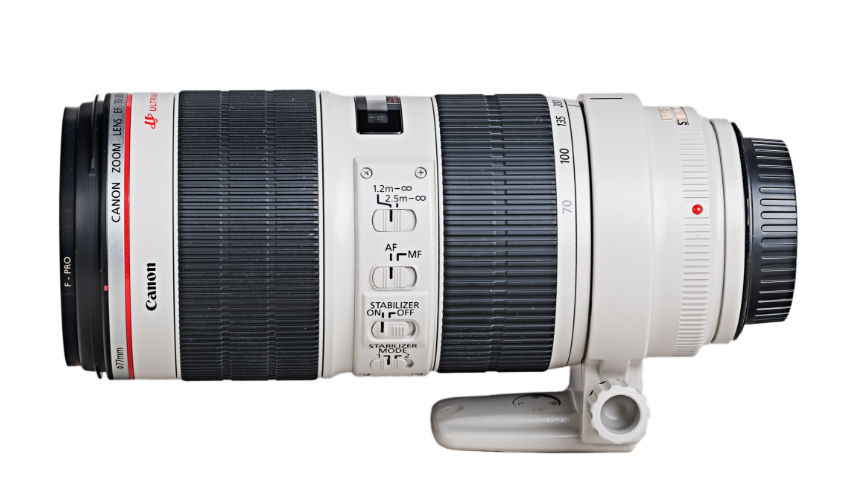
Lens stablization is given different names by different brands, but is usually referred to as Image Stablization (IS) or Vibration Compensation (VC). Stablized lenses use technical wizardry to compensate for handheld camera shake and give you more crisp, sharp shots. This is especially helpful if you drink a lot of coffee or use very long focal lengths.
Macro
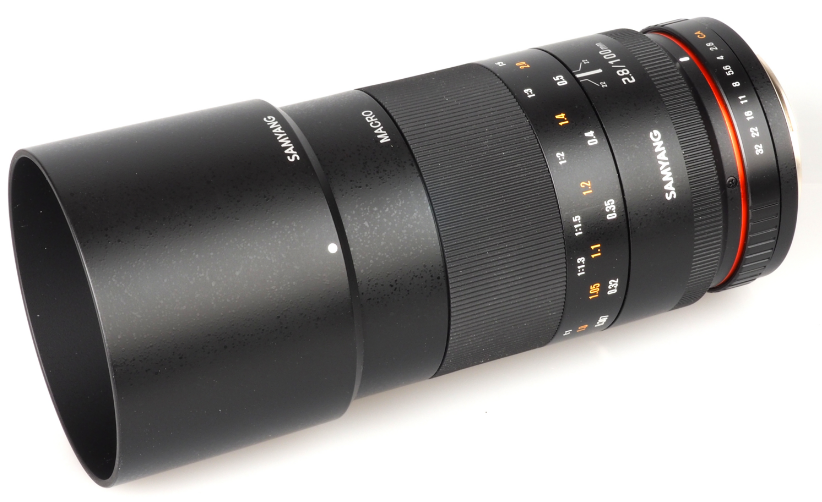
All lenses have a minimum focus distance (MFD) limitation which is how near they can get to the subject before being unable to focus sharply. Dedicated macro lenses typically have very short MFDs and allow you to get very close up to very small subjects such as flowers and insects.
Lens Quality. Price vs performance. Sharpness, vignetting, chromatic aberration
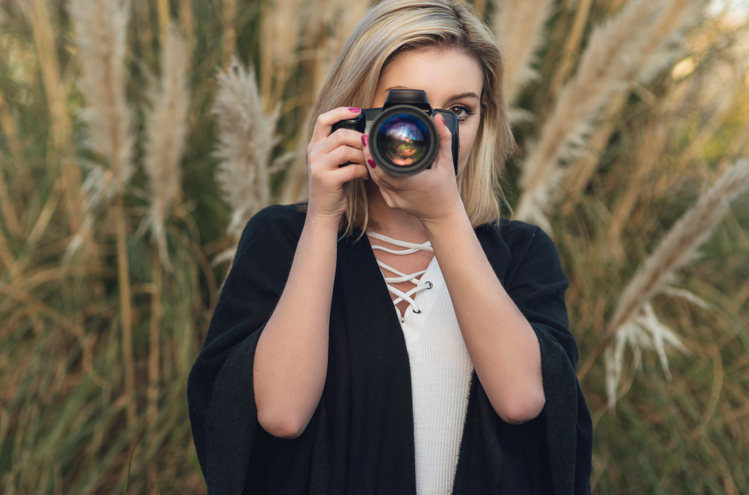
There is a plethora of lenses on the market, especially if you shoot with one of the more popular brands. Each lens is made up of various elements playing different roles in transferring the light from the front element to the camera sensor. The design and physics behind each lens is called its "formula", and this can result in a range of lens qualities. The (somewhat subjective) quality of a lens can be measured by its sharpness, as well as other factors such as chromatic aberration and vignetting. Chromatic aberration describes the level of purple or green "fringing" seen in high contrast parts of an image, while vignetting describes the darkening of corners or lack of consistency of exposure across the whole frame.
Here is an example of chromatic aberration:
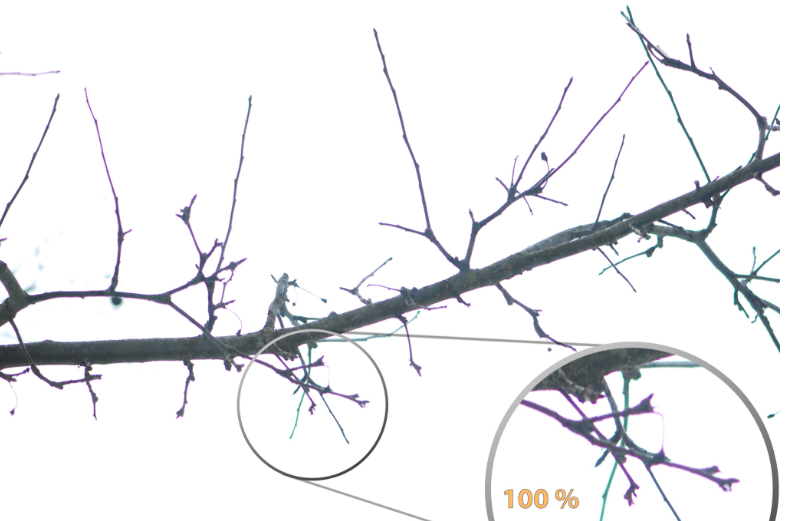
More expensive lenses tend to have lower levels of fringing and vignetting. There are however, some lenses which offer superb value for money for both Canon and Nikon shooters.
Zoom vs Prime lens. What should I get?
The debate that has raged for decades, really doesn't need to happen. The waters are truly muddy now. Where once, prime lenses were far sharper than zoom lenses, we now have some of the highest quality zoom lenses imaginable. Likewise, we now have some very light and portable zoom lenses, and some very heavy prime lenses.
So when deciding on what lenses to buy (or pack), as yourself these questions:
- What is my budget?
- What is my main style of photography?
- Does the focal length suit my goals?
- Do I have time to pose my subjects or do I need to be dynamic?
- Do I need special features such as macro?
- Is it important for the lens to be light?
If you are still unsure, my advice is to buy a 50mm f1.8 lens. They are affordable, sharp, and suit a wide variety of situations. Later on you can decide what features you need from your next lens. Perhaps you want something with a wider angle (short focal length) or a large zoom range.
See you soon for part 4. We will be talking about camera settings and shooting modes!
#dip
Further reading:
Best value Canon lenses
Best value Nikon lenses
